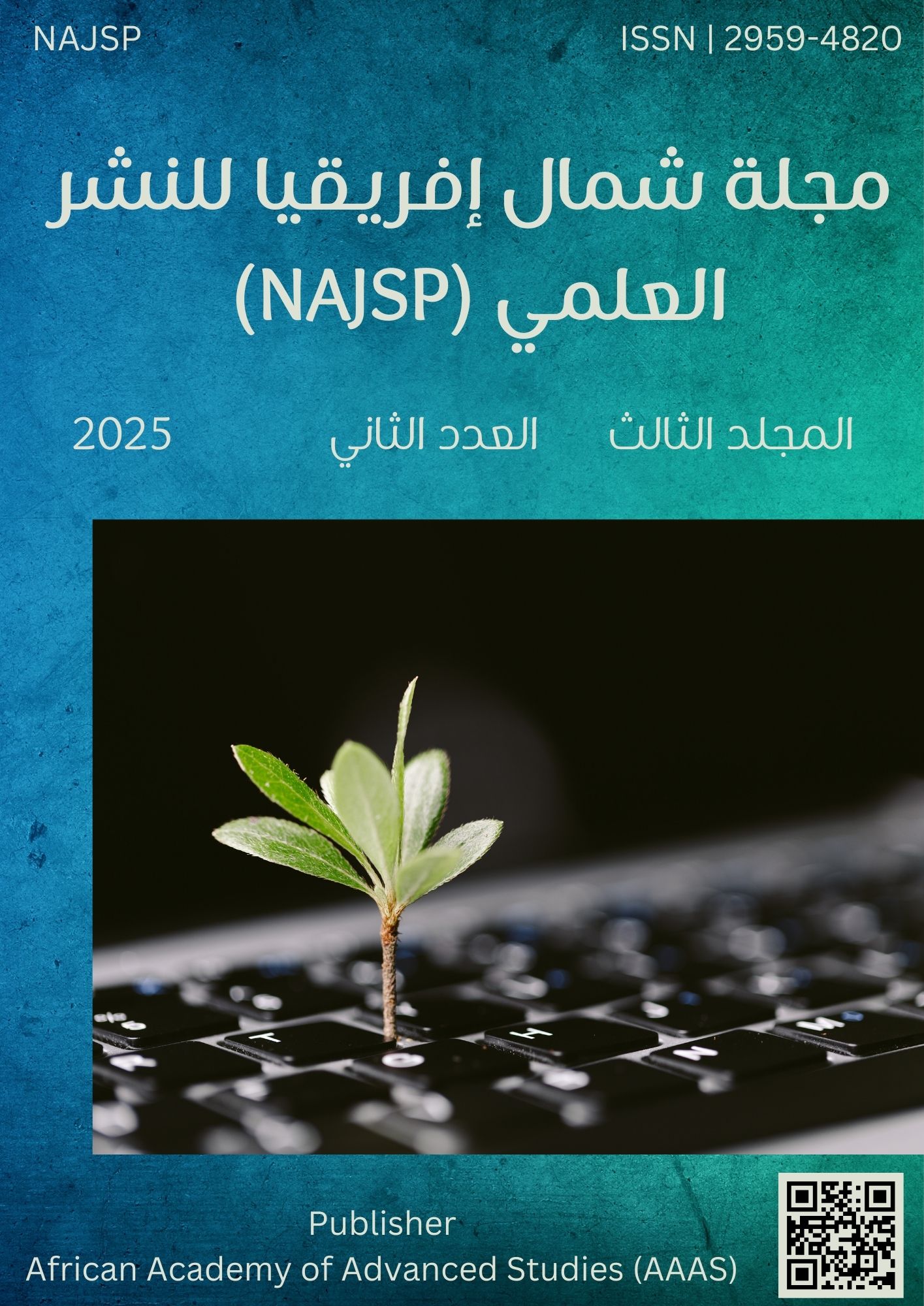A Study of the Quality of Canned Tomatoes Available in Misurata City Markets to Detect of Starch Fraud and Heavy Metal Contamination
DOI:
https://doi.org/10.65414/najsp.v3i2.421Keywords:
Canned tomatoes, Starch fraud, Heavy metal contamination, Libyan standard specificationAbstract
The present study sought to quantify certain quality indicators and identify instances of commercial fraud by incorporating starch and heavy metal contamination into a random sample (21 brands) of canned tomato varieties available in the markets of Misurata city. The results obtained were then compared with the Libyan standard specification. The samples were divided into three groups (Arab, European, Turkish) on the basis of origin and subjected to quality tests (total solids, pH measurement, net and filtered weights, percentage of added salt), in order to detect fraud by adding starch and artificial colors, and to measure levels of heavy metals. The analysis of total solids and pH value revealed no statistically significant differences between the three groups. The mean value for the three groups was found to be between 27 and 27.7, which is below the level specified by the Libyan standard. Significant discrepancies were observed in the actual weight of the samples, with those of Arab origin exhibiting the lowest levels of added salt. The analysis did not reveal the presence of artificial colors in any of the research samples. Upon the addition of starch, instances of fraud were identified in approximately 14% (3 samples) of the 21 samples. The largest proportion was observed in the samples of Arab origin, representing 33.3% (2 samples) out of 6 samples, followed by the samples of Turkish origin, which constituted 20% (1 sample) out of 5 samples. The addition of starch was not observed in the samples of European origin. The heavy metals detected in all samples were within the limits set by the Libyan standard specification 426/2020 for tomato paste, with the exception of zinc and tin, for which the results differed. No differences were observed for lead, copper, and tin.
Downloads
Published
How to Cite
Issue
Section
License
Copyright (c) 2025 Salem Mohamed Embiriekah, Mohamed Bashir Elmalimadi, EzeAlarab Ali Mohamed Ahwedg, Nour Edin H. Elramalli, Mona Mahmoud Al-Shawish, Hawa Faraj Al-Najjar, Iman Mohammed Al-Ghirani, Fatima Al-Basheer Al-Darbaq

This work is licensed under a Creative Commons Attribution 4.0 International License.







